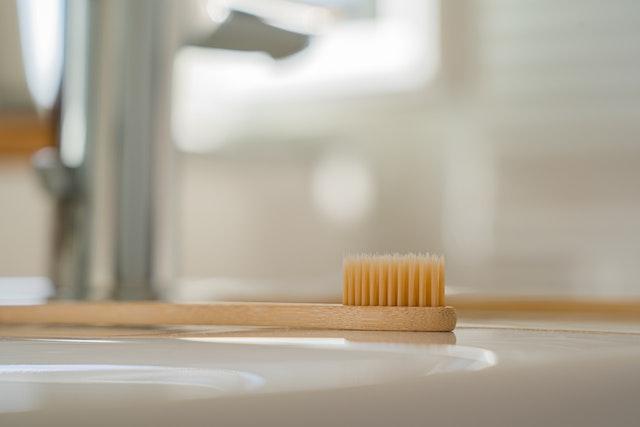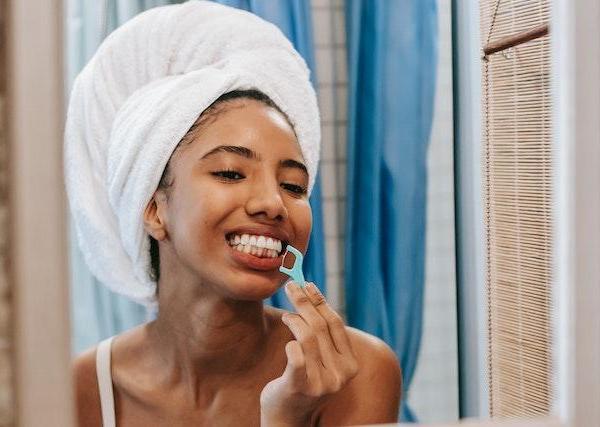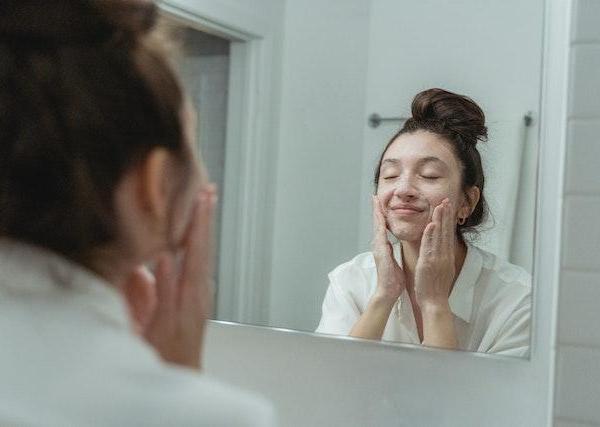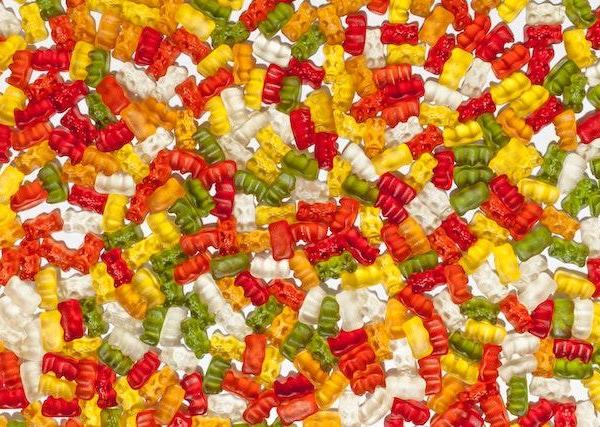
•Toothpaste that contains fluoride
•Floss preferred
•Depending on your preference, you can use mouthwash. The toothbrush should be replaced every few months. Brush bristles can fray with repeated use, reducing the effectiveness of brushing.
In most cases, a fluoride toothpaste approved by American Dental Association is a good choice.
Besides preventing decay, fluoride strengthens them. Fluoride toothpaste is not recommended for very young children. According to the ADA, however, the following is still recommended:
Smear fluoride toothpaste about the size of a rice grain on the teeth of children younger than 3.
A small amount of fluoride toothpaste can be used by children 3 to 6 years old.
If you're worried about your child swallowing toothpaste, fluoride-free kinds of toothpaste are available.
A guide to brushing your teeth correctly
You can brush your teeth simply with a toothbrush with a nylon bristle and plastic handle.You should be able to complete the process in about two minutes. The more you practice, the more you will understand how long 2 minutes can feel when you are brushing your teeth.
Water should be used to lubricate your brush. Apply toothpaste to the toothbrush head in a small amount, about the size of a pea.
Brush your front teeth with a gentle, short stroke while angled 45 degrees toward your gums.
Don't forget to brush your chewing surfaces, back molars, and the outer sides of your teeth.
Your top front teeth should be cleaned from the inside by flipping the toothbrush upside down. Your bottom front teeth inside the surface can be accessed by flipping the toothbrush over.
While brushing your teeth, brush your tongue to remove any plaque or bacteria that has built up there.
In a clean sink, swallow toothpaste remnants, saliva, and water. Cold water should be used to rinse your mouth afterward.
Take care of your braces while brushing
A few extra steps are involved in brushing your teeth when you have braces.•If you have removable braces or rubber bands, remove them first. If you want to reapply them, you need to rinse them first.
•A small amount of toothpaste and some water should be added to your toothbrush.
•Ensure you clean under your wires and pins as well as around your braces.
•Your braces' wires should be brushed regularly to prevent plaque and bacteria from forming.
•Be sure to brush your teeth for at least two minutes moving from one side of the mouth to the other.
•The tongue should be gently brushed.
•If there is any toothpaste or saliva left, spit it out. Make sure your braces are clean by rinsing with water and checking the mirror.
What your children should do when brushing their teeth
You might want to consider fluoride-free toothpaste or toothpaste with much less fluoride for children under 3 years old.Until their teeth have fully erupted, a baby's teeth may start to decay, so teach them good dental hygiene early.
You should use a soft, child-sized toothbrush, water, and a pea-sized or rice grain-sized smear of toothpaste (if your child is under 3).
Your child should brush their teeth slowly from back to front and sides. If their teeth haven't erupted yet, brush their gums as well.
Make sure to brush your child's tongue. Have them practice rinsing their mouth and spitting out their toothpaste.
Brushing without toothpaste: How to do It
There are several ingredients to consider when selecting toothpaste, whether you are traveling and forgot to bring it or just looking for a better natural way to brush your teeth.Using coconut oil is beneficial
Coconut oil has antibacterial properties, so it's effective at fighting bacteria in your mouth. As an alternative to toothpaste, it can also dissolve plaque. Gum disease and tooth decay are also prevented by it.The benefits of coconut oil are overshadowed by the downsides of using fluoride in your toothpaste. However, it can still be used for "oil pulling" and brushing your teeth.
The active charcoal
In a hotel, for example, if you're without toothpaste late at night, this option might not work since most people don't have extra activated charcoal tablets lying around. You can, however, clean your teeth with activated charcoal toothpaste and pure activated charcoal.However, activated charcoal wears down enamel and can be abrasive, so it shouldn't be used daily.
In addition, it lacks fluoride, which makes it more likely you will decay your teeth if you choose this toothpaste instead of your traditional fluoride toothpaste.
Sodium bicarbonate
Baking soda is often added to toothpaste to enhance its whitening capabilities. Your teeth can be cleaned with baking soda by removing stains. Plaque is also removed effectively by it.Suppose you run out of toothpaste for the night and are in a pinch. In that case, you might consider using a baking soda paste as an alternative.
Since baking soda does not contain fluoride, you will miss out on the enamel-protecting benefits of fluoride over time.
Finally, brushing your teeth may look different depending on what stage of your life you are in. What's certain is that brushing your teeth shouldn't be avoided or skipped under any circumstances.
Keeping your teeth healthy and your smile bright is as simple as brushing twice a day for 2 minutes each time.



